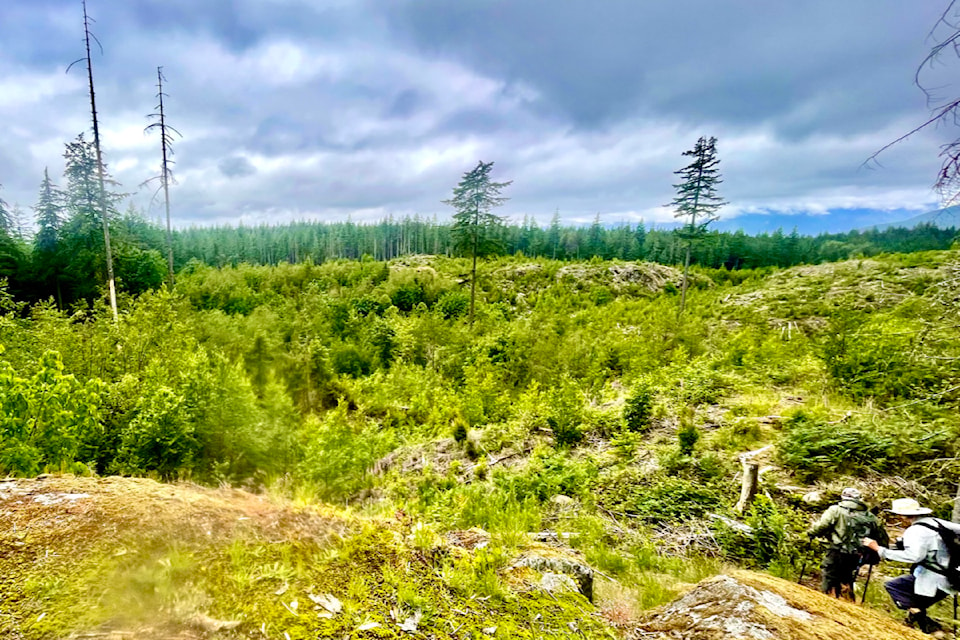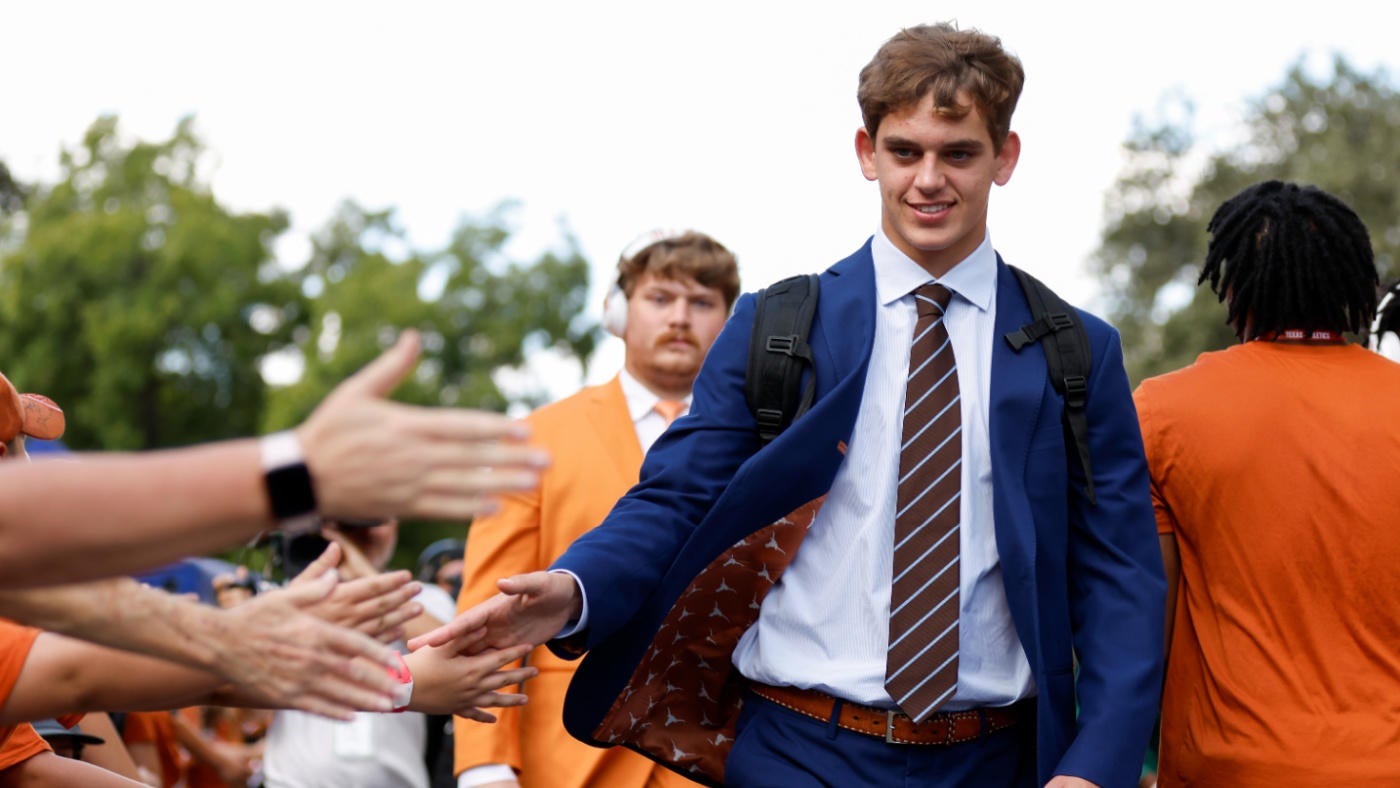There are a lot of good policy reasons to see the end of conventional, single-family-home dominated suburbia. It breeds dependence on cars, and causes us to build ever more roads and parking lots, covering more and more of our region in asphalt. But there are commentators who scorn the very idea of the suburban idyll – the privacy, the quiet, the bit of personal green space.
They need to step back and think, not about how to get rid of that lifestyle, but about how to make it available even more widely, in a post-suburban world. With Metro Vancouver rapidly densifying, including in what were once rural/suburban “outer suburbs” like Surrey, Langley, Maple Ridge, and Abbotsford, more and more people do not have that bit of personal green space. Many of us live in condos or townhouses, and that number is rising rapidly.

But access to green space and quiet is important for everyone, more important now as our streets get busier and louder. Some ideas are already being implemented, but need to become more common. Those include pocket parks, trails and greenways through urban areas, urban gardens, playgrounds and sports fields, and dog parks.
Ideally, most of those should be available within walking distance of every townhouse and condo resident in the Lower Mainland. Two other major changes would make living in our increasingly urbanized world more pleasant, as well. First is better transit access to our large public parks.
Parks like Campbell Valley, Aldergrove Regional, and the Malcolm Knapp Research Forest let people ramble through nature on a larger scale than a neighbourhood park can accommodate. To allow for everyone to enjoy them, they need transit access, especially on weekends and in the summers. That means bus routes from urban cores and transit hubs.
The other is on the small end – we need more truly public plazas, with shade trees, tables, and benches. There are a few of these in the Lower Mainland, but our neighbourhoods need more, whether as part of an existing park, or adjacent to major commercial areas. The key elements, though, are some trees and greenery, and that the spots be truly public.
We don’t need ‘No Loitering’ signs, loitering – having a coffee, reading a book, talking to friends – is exactly the point of such public spaces. The more green space we can integrate into our multi-family neighbourhoods, the closer we can get to the ideal of the suburbs – but with greater density, efficiency of land use, and public transit. The single-family home with a patch of green isn’t going away.
But it’s becoming a luxury that few of the younger generations will ever be able to afford. Previous generations fled cities for suburban greenery. That’s no longer an option for most of us.
So we have to bring as much green space as possible into the cities as we can, or ensure quick access from the cities out to our rural jewels..



















